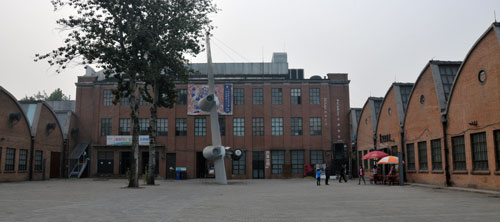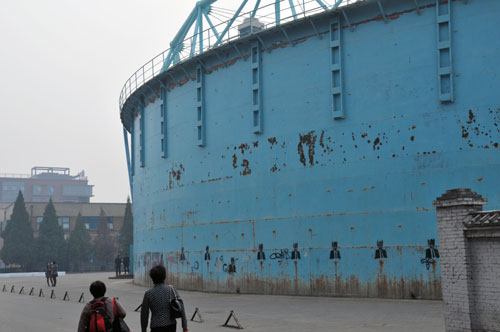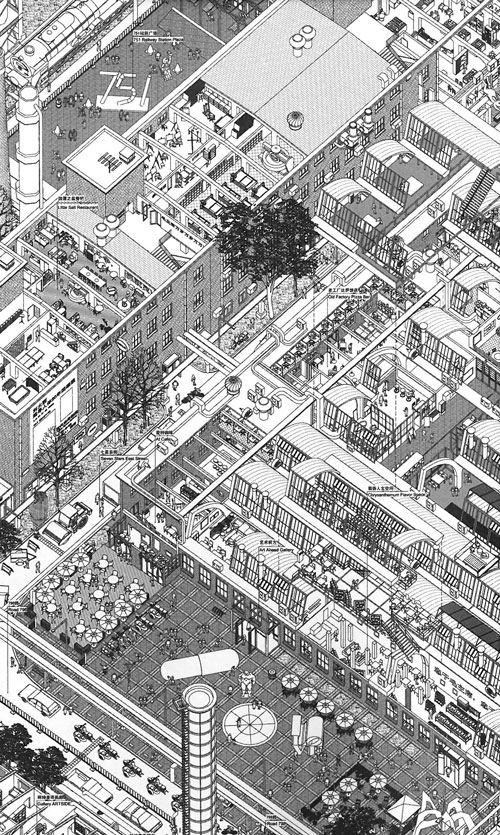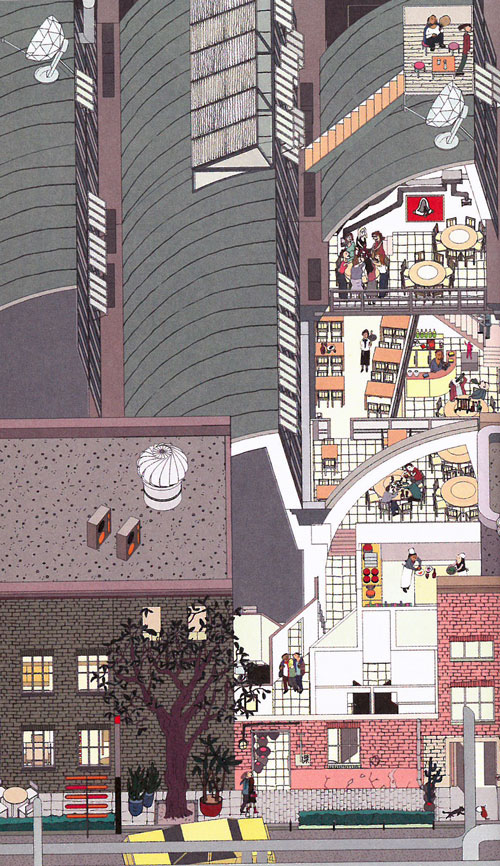
China as factory of the world, and the West as hotspot of creativity and consumption. This and many other stereotypes of the 20th century are dissolving rapidly. The 798 Art District in Beijing may be one of the first witnesses of the new China.


After World War 2, Beijing and later also other Chinese cities embarked on massive industrial growth. This brought about interesting collaborations with fellow socialist countries, such as the DDR. German engineers came to the 798 industrial district to build the first electronics factories, using super-light concrete shed structures (involving bamboo!) that form now a unique heritage. From the 1980’s, industries started to move away from (central) Beijing, because of rising labour costs and taxes. The factories of 798 remained vacant until the end of the 1990’s, when Chinese and foreign artist movements started to occupy the industrial spaces, culminating in the 2005 Art Biennale.
From that time, the district has functioned as a magnet for creative companies, art galleries, artists, shops, bars and restaurants, consumers and tourists. The economic succes of 798 is so high, that the first creative companies have already moved out again, in search for cheaper rents and new sites. In other words, incubator sites and gentrification have definitely become part of Chinese urban development in this century. Another example of a creative incubator site is the commercial complex San Li Tun. Both 798 Art District and San Li Tun were analyzed and drawn up in 3 dimensions – using a spectacular parallel projection – by Xu Lei, Li Han and their team.

